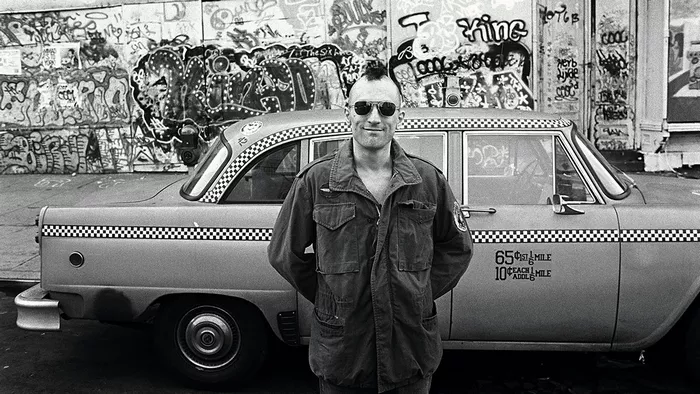Deciphering the Ambiguous Ending of Taxi Driver
“Taxi Driver,” directed by Martin Scorsese and written by Paul Schrader, is a cinematic masterpiece that has left audiences pondering its enigmatic conclusion for decades. At the heart of this enduring mystery is the fate of its iconic antihero, Travis Bickle, brilliantly portrayed by Robert De Niro. In this article, we embark on a journey to explore the ambiguity surrounding the ending of “Taxi Driver” and seek to answer the burning question: Is Travis Bickle dead at the end of the film?
The Idealized Turn of Events: A Common Misconception
For many viewers, the conclusion of “Taxi Driver” has been interpreted as a dying fantasy of Travis Bickle. In this version of events, Travis succumbs to his injuries sustained during a violent rampage and envisions an idealized outcome where he is celebrated as a hero, rescuing Iris (Jodie Foster) and cleansing the streets of New York City from its moral decay. This interpretation is bolstered by the surreal and dreamlike quality of the final scenes, which seem to contrast with the gritty realism that pervades the rest of the film.
However, this widely held belief contradicts the intentions of the original screenwriter, Paul Schrader. Schrader has consistently asserted that Travis Bickle is not meant to be dead at the end of “Taxi Driver.” According to him, the events depicted are indeed happening in reality, and Travis survives his ordeal.
The Evidence for Travis Bickle’s Demise
While Schrader’s perspective is clear, there is compelling evidence that supports the alternative interpretation of Travis being dead at the end of the film. One of the most striking aspects of this argument is the stark contrast in tone between the film’s conclusion and the rest of the narrative. “Taxi Driver” is a bleak and unflinching exploration of urban alienation and violence, but the final scenes take an unexpectedly optimistic turn, which some argue is too out of character for the film as a whole.
Moreover, the use of camera angles and visual cues in the film’s closing moments invites speculation about Travis’s fate. The film employs a series of overhead shots that create a disorienting and otherworldly atmosphere, suggesting that we may be witnessing Travis’s transition from life to death.
Additionally, the ambiguity surrounding Travis’s fate is in line with the film’s broader themes of moral ambiguity and existential crisis. By leaving the audience to grapple with the uncertainty of Travis’s survival, “Taxi Driver” forces us to confront our own moral judgments and the complexity of the human psyche.
The Power of Interpretation
The enduring debate over Travis Bickle’s fate at the end of “Taxi Driver” is a testament to the film’s enduring power and complexity. It highlights the importance of interpretation in cinema and how the same piece of art can evoke different emotions and ideas in different viewers.
Ultimately, the mystery of Travis Bickle’s fate serves as a reflection of the film’s overarching themes of loneliness, alienation, and the search for meaning in a chaotic world. Whether Travis lives or dies is less important than the questions the film raises about the human condition and the potential for redemption in the darkest of circumstances.
Conclusion
The enigmatic ending of “Taxi Driver” continues to captivate audiences and spark debates among film enthusiasts. While the original screenwriter, Paul Schrader, insists that Travis Bickle survives his ordeal, there is undeniable evidence to support the alternative interpretation that he meets his demise. Ultimately, the beauty of “Taxi Driver” lies in its ability to leave room for interpretation, inviting viewers to grapple with the complexities of its narrative and the moral dilemmas it presents. Regardless of one’s stance on Travis’s fate, the enduring impact of “Taxi Driver” remains a testament to the power of cinema to challenge, provoke, and perplex.

